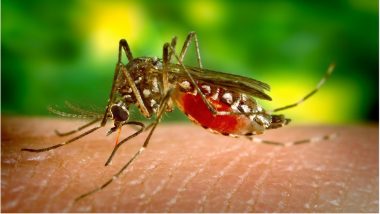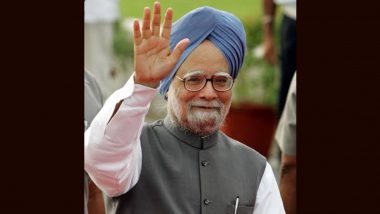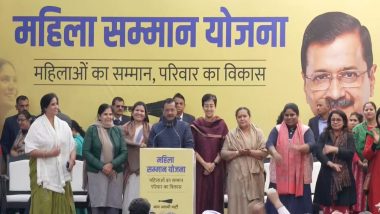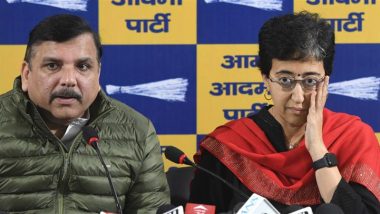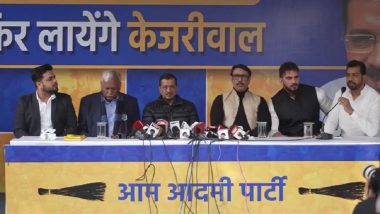New Delhi, October 11: At least 480 cases of dengue have been reported in the national capital this season, including nearly 140 in October, according to a civic report released on Monday. The total number of cases till October 2 had stood at 341.
Nearly 140 fresh cases have been recorded in the last one week. Of the total count of dengue cases in Delhi this year, 139 have been reported this month till October 9. In September, 217 cases were logged, the highest count for this month in the last three years
According to the civic report on vector-borne diseases released on Monday, a total of 480 dengue cases have been recorded this season till October 9, which is the highest count since 2018 for the same period.
The number of cases reported for the January 1-October 9 period in the previous three years were 316 (2020), 467 (2019) and 830 (2018), as per the report. A total of 1,072 cases and one death, were logged in the entire year in 2020, according to the report released by the South Delhi Municipal Corporation, the nodal agency for tabulating data on vector-borne diseases in the city. Dengue New Variant: DENV 2 Strain Causes Concern for High Grade Fever, Shock Syndrome.
Last year, 188 dengue cases were reported in the entire month of September, and 190 in 2019. In preceding years, the corresponding figures had stood at 374 (2018), 1103 (2017), 1,362 (2016) and 6,775 (2015), according to data shared by Delhi health department on September 22.
However, no deaths have been reported due to dengue in the city this year till now, it said. Seventy-two cases were reported in August, as per the report. Dengue mosquito larvae breed in clear, standing water, while those of malaria thrive even in dirty water.
Cases of vector-borne diseases are usually reported between July and November, but the period may stretch till mid-December. As per the civic report, 127 cases of malaria and 62 cases of chikungunya have also been reported till October 9 this year.
The month-wise distribution of dengue cases are January (0), February (2), March (5), April (10) and May (12), June (7) and July (16), it said. In the previous years, the total dengue cases reported were 4,431 (2016), 4,726 (2017), 2,798 (2018), 2,036 (2019) and 1,072 (2020), as per the report.
Malaria, dengue and chikungunya are accompanied with high fever and therefore, doctors feel that people might suspect that they have contracted COVID-19. Civic bodies in Delhi have intensified their measures to prevent outbreak of vector-borne diseases.
The Delhi government was alert and all prepared to handle any situation that might arise out of dengue cases, Health Minister Satyendar Jain had told reporters early September. He recently had also said that the government's anti-dengue drive, '10 Hafte, 10 Baje, 10 Minute' was running for the last several weeks to raise awareness on its prevention, and it would be further intensified.
Jain had also told reporters that instructions had been issued to the heads of various departments of the city government to take part in its anti-dengue campaign on working days to ensure no breeding of mosquito larvae is found on its premises. Dengue Outbreak in UP: Over 30 Cases in Meerut So Far, District Admin Starts Door to Door Campaign.
The North Delhi Municipal Corporation had run an intensive week-long campaign from October 2-7 to keep vector-borne diseases under control.
South Delhi Mayor Mukesh Suryan recently had alleged that the Delhi government was playing "campaign politics" when it came to the fight against the vector-borne diseases, and had termed its anti-dengue drive an "eyewash".
Standing Committee Chairman of the North Delhi Municipal Corporation, Jogi Ram Jain recently had held a meeting with the officials of public health department on prevention of dengue, malaria and chikungunya.
Jain had directed officials to conduct awareness campaigns in all areas under the NDMC so that maximum citizens can be made aware. He had also directed them to regularly check for breeding of mosquito larvae on premises of government buildings, schools, offices, community buildings and dispensaries.



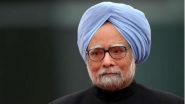








 Quickly
Quickly








